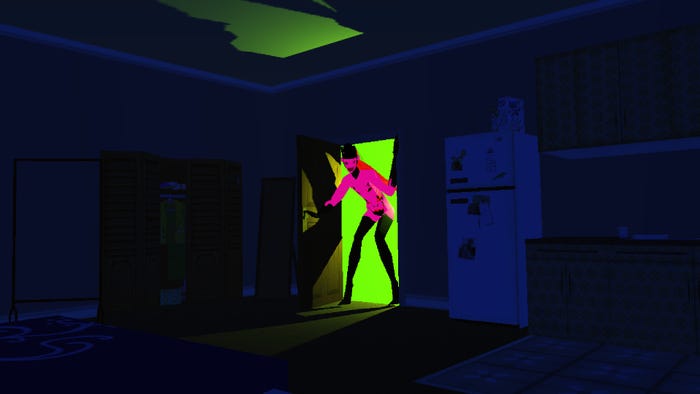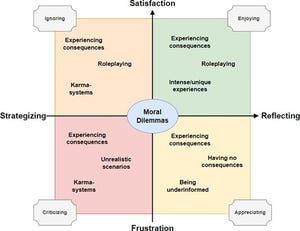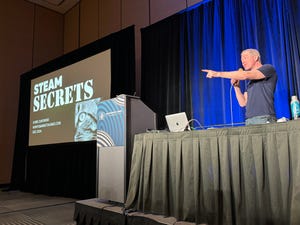Feature: 'Let There Be Light!: A Unified Lighting Technique for a New Generation of Games'
In today's main Gamasutra feature article, Artificial Mind and Movement's Jason Lacroix contributes an in-depth technical article describing a unified per-pixel lighting ...

In today's main Gamasutra feature article, Artificial Mind and Movement's Jason Lacroix contributes an in-depth technical article describing a unified per-pixel lighting solution capable of handling an arbitrary number of dynamic lights, and techniques for optimizing such a solution. As Jason explains in his introduction: "Game developers have always strived to provide a greater sense of realism to the player in order to further immerse them in the worlds they create. With the coming of vertex and pixel shaders, a new power became available that allowed developers to advance this goal by applying complex lighting and advanced visual effects to the scenes they created. In the last generation of gaming (i.e. the Xbox/PS2/GC era), dynamic lighting took a giant leap forward thanks to programmable vertex and pixel pipelines. Most games now support lighting calculated on a per-vertex basis, with some later entries into the market offering the more esthetic per-pixel lighting solution. Now it's time to make another leap: from the vertex to the pixel shader. Modern GPUs (Graphics Processing Units), and most notably those that will power the next generation of game consoles, offer an incredible amount of processing power. It is now possible to have all lighting in a scene computed at the per pixel level using a variety of different techniques. While it is true that per-pixel lighting has been available through past shader models (SM), the introduction of SM3.0 has permitted developers to remove the bounds on the number of lights that could traditionally be calculated in a pass1. The goal of this article is to present the reader with a unified per-pixel lighting solution capable of handling an arbitrary number of dynamic lights, and techniques for optimizing such a solution should it be adopted. We will start by taking a look at the current state of lighting techniques and examining their limitations. The unified model will then be explained in detail and its limitations discussed, along with optimizations that can be made to ensure that application runs at a solid frame rate." You can now read the full Gamasutra feature on the subject (no registration required, please feel free to link to the article from external websites).
About the Author(s)
You May Also Like













